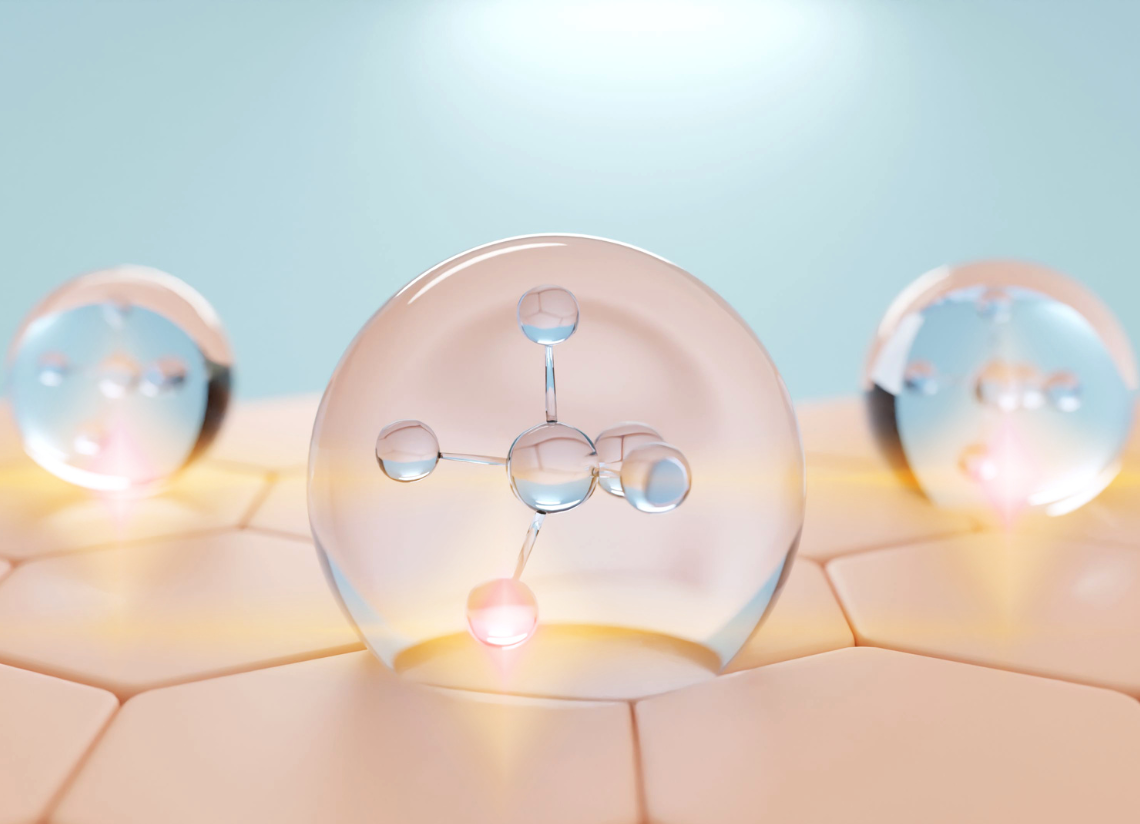

In the quest for youthful, radiant skin and healthy hair, the world of aesthetic medicine offers a dazzling array of regenerative treatments. From PRP to exosomes, the options can be overwhelming. At Mesglo Aesthetic Clinic in Marylebone, we believe in providing our clients with clear, evidence-based information to help them make informed decisions. This article provides a scientific comparison of polynucleotide therapy with other popular regenerative treatments, helping you understand the unique benefits of each.
Understanding Regenerative Treatments
Regenerative treatments are a class of aesthetic procedures that work by stimulating the body's own natural healing and repair mechanisms. Unlike traditional treatments that may simply mask symptoms, regenerative therapies aim to address the root causes of ageing and tissue damage, promoting long-lasting, natural-looking results. Polynucleotides, PRP, and exosomes are all examples of regenerative treatments, but they work in different ways.
TreatmentPrimary MechanismSource MaterialPolynucleotidesCellular regeneration via DNA fragmentsSalmon DNAPRP (Platelet-Rich Plasma)Growth factors from plateletsPatient's own bloodExosomesCellular communication via micro-vesiclesVarious cell sources
To learn more about our regenerative treatments, please visit our Polynucleotide Face Treatment and Exosome Face Treatment pages.
Polynucleotides vs. PRP: A Tale of Two Stimulators
Polynucleotide therapy and Platelet-Rich Plasma (PRP) are both powerful biostimulators, but they work in fundamentally different ways. Understanding these differences is key to choosing the right treatment for your needs.
Polynucleotides: The DNA Blueprint for Regeneration
As we've explored, polynucleotides provide the direct building blocks for cellular repair. They are a consistent, purified product that delivers predictable results. https://mesglolondon.co.uk/?p=4318
Comments
Post a Comment